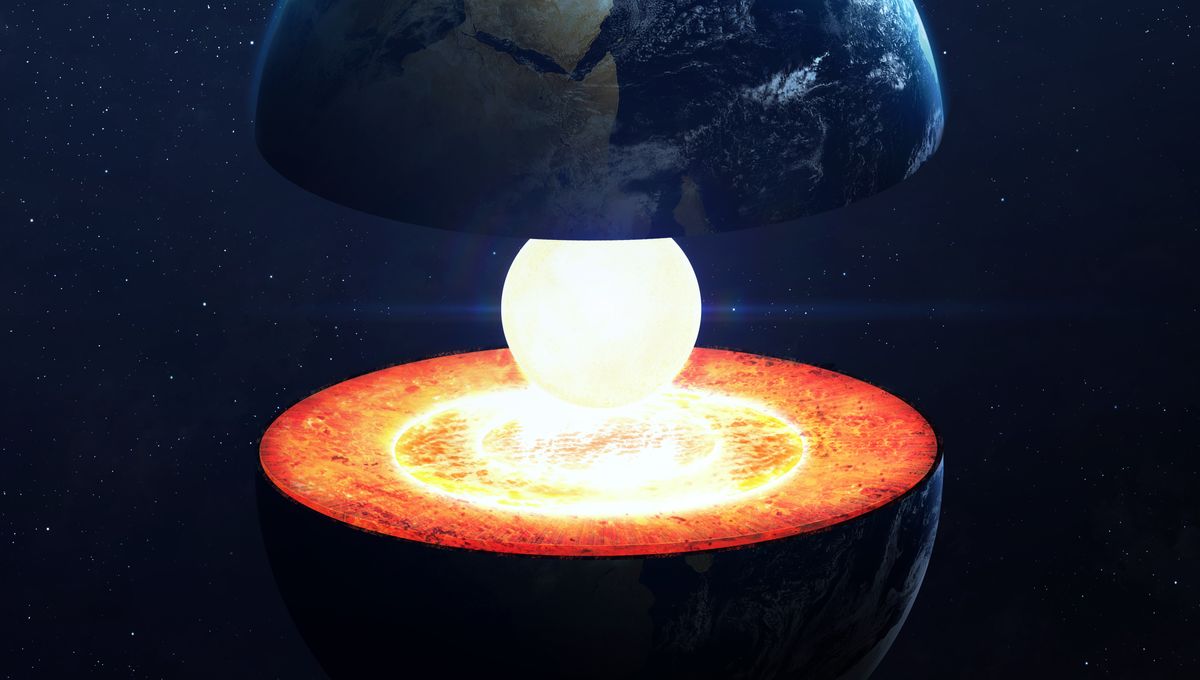
Everything we know about what’s inside the Earth comes from the measurements of seismometers. Quakes shake our planet, and scientists can reconstruct what’s under our feet from how waves move through our world. Under incredible pressures and temperatures, materials can also behave oddly. The inner core, for example, is solid due to pressure, but also peculiarly soft.
Lab experiments combined with simulations suggest that iron atoms in the inner core are not stuck in place. They can actually shift position, moving much more than previously thought possible – and they do so in a fraction of a second. They do so in groups, something called “collective motion”. The researchers say that it’s a bit like dinner guests all changing seats at a table.
“Seismologists have found that the center of the Earth, called the inner core, is surprisingly soft, kind of like how butter is soft in your kitchen,” Youjun Zhang, a professor at Sichuan University and co-lead author of the study, said in a statement. “The big discovery that we’ve found is that solid iron becomes surprisingly soft deep inside the Earth because its atoms can move much more than we ever imagined. This increased movement makes the inner core less rigid, weaker against shear forces.”
To better understand how iron might behave at the center of the planet, the researchers shot fast projectiles at small iron plates. These experiments produced for a brief instant high pressures and temperatures. Based on the analysis of the iron in the sample, a machine learning algorithm was employed to reconstruct how the core might be.
The team modeled a collection of 30,000 atoms arranged in a repeating hexagonal configuration, as it is expected for iron to be in the core. This supercell of atoms would be microscopic to us but allowed the team to follow the behavior of iron under extreme conditions.
“Now, we know about the fundamental mechanism that will help us with understanding the dynamic processes and evolution of the Earth’s inner core,” Jung-Fu Lin, a professor at the UT Jackson School of Geosciences and one of the study’s lead authors, added.
About half of the magnetic field of the planet comes from the inner core, with the outer core making up the rest. The behavior of iron at the atomic scale in the inner core could help explain where this magnetic component comes from.
The study is published in the journal Proceedings of the National Academy of Sciences.
Source Link: Even Under Incredible Pressures, Iron Atoms At Earth’s Core Can Shift Places